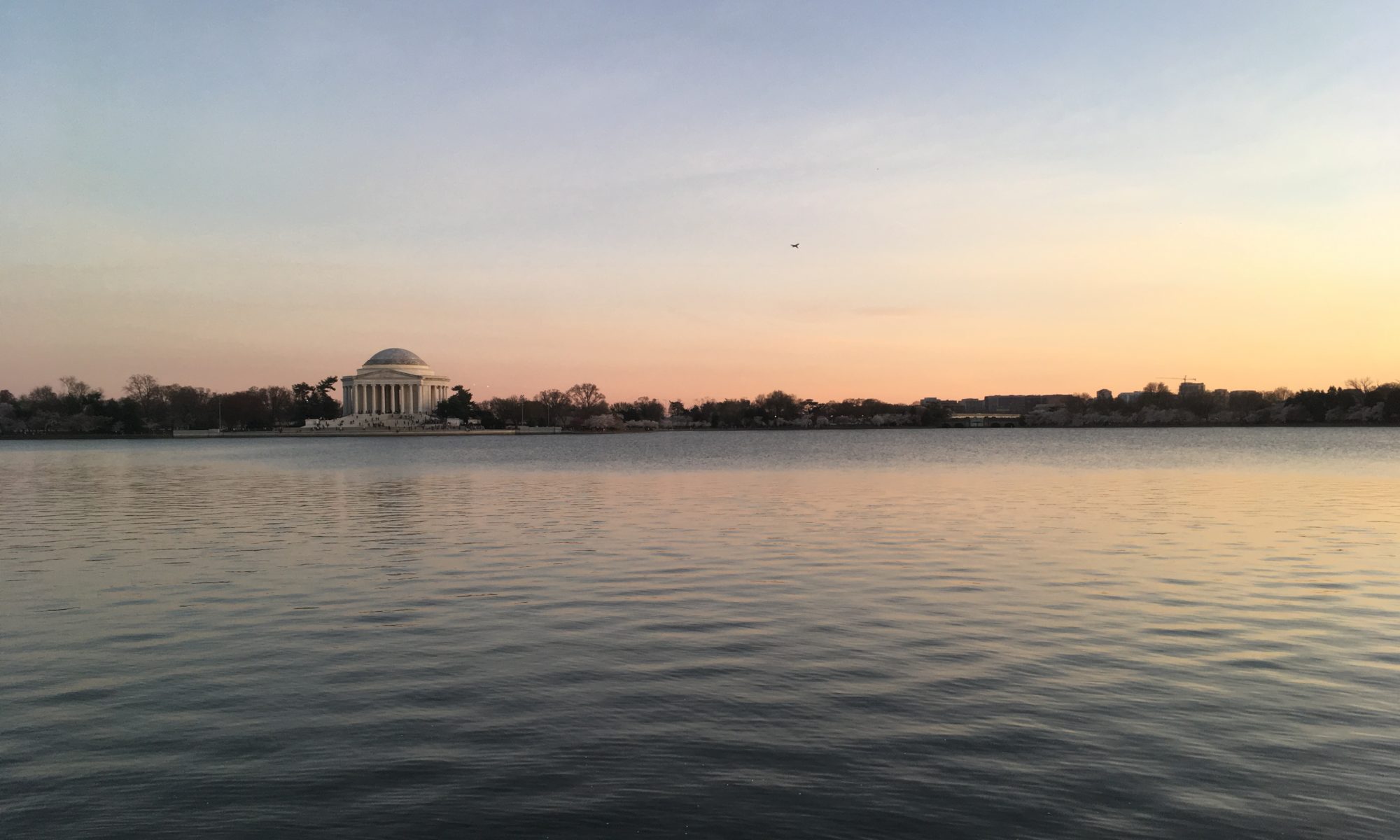This bilingual post was originally written for social media, and is part of the “7 day book cover challenge.”
「7日間のブックカバーチャレンジ(4日目):『Theories of Modern Art(近代美術の理論)』」
この投稿は、もとはSNSのブックカバーチャレンジのために書かれたものです。英語の本文の後に日本語が続きます。

The fourth book is “Theories of Modern Art” by Herschel Chipp, who was an art history professor at UC Berkeley. I encountered this book as a college student, when it was assigned in a class about the history of modern art. It’s full of primary sources: diaries, letters, and statements by the artists themselves. Despite the somewhat boring name, it’s a really fun read!

My parents are avid museum visitors, and ever since I was a child, I had the chance to tag along. We were most often in the sections with Renaissance art. In my childish mind, they were easy to understand as art that captured a moment in real life. We enjoyed the beautiful colors and nature represented in Impressionism too (although in my youth I believed the rumor that Monet’s style came from his bad eyesight, and questioned the point of Pointillism (so much work!)). But I just never understood modern art after Impressionism, and that frustrated me. So I decided to take a class about it in college–and boy, was that the best decision ever!

Starting with Post-Impressionism, this book progresses through movements like Cubism and Surrealism, ending with “contemporary” (as defined by when the book was first published (1968)) art. These letters and diary entries explain in detail what each artist aimed to achieve in their work, what materials they used, why they changed their style over time–and even their personalities. Van Gogh’s renowned letters to his brother about his artistic and financial struggles are heartbreaking. Picasso’s statement on “Les Demoiselles d’Avignon” is enlightening. Many artists’ lives are integrated with history, like WWI and nationalism. A couple of artists are so passionate that they seem rather self-absorbed–I recall one artist writing in his diary something like, “When I took a break from painting, I noticed that my wife had come and gone, leaving me dinner” (all the artists in the book are, inevitably, male and white).

Now these artists have become some of my favorites–so much so that when I go to museums, I rush to the modern art wings first. Some I just enjoy because of their visuals even if I still don’t understand them (Klee, Miro), and some I admire for their chameleon-like transformation over time (Picasso, Kandinsky). It is fun to recognize their names and style, read the descriptions, and interpret the emotions they were expressing. I find that there’s so much depth, and that the more I stare, the more there is to discover.

Thanks to this book, I have a much better appreciation for modern and contemporary art in general. I also have a better understanding of how crucial primary sources are in the field of research. In combination, they are even more powerful, fulfilling the artists’ desire for expression and enriching the viewers’ lives at the same time. For now, I’m enjoying these photos from the past few years–but can’t wait to visit museums in person again!

*****
4日目は『Theories of Modern Art(近代美術の理論)』。故ハーシェル・チップ(カリフォルニア大学バークレー校で美術史を教えていた教授)がまとめた本です。

私は、子供の頃から両親によく美術館に連れて行ってもらいましたが、主にルネサンス美術と印象派の絵画を見ることが多く、近代美術をあまり理解できませんでした。そこで、大学の時にあえて近代美術史のクラスを受講したら、とても面白く、大きく視点が変わりました。特によかったのが、画家の日記や手紙、アーティストステートメントといった一次資料を集めたこの本。どういう思いでそれぞれの絵を描いたのか、なぜ画家としてのスタイルが変わっていったのかということのみならず、第一次世界大戦などの時代背景や、画家個人の性格までが映し出され、読み物としてもとっても面白いのです。

この本のおかげで、美術館巡りが大好きになり、行けばまず近代美術のところに直行するようになりました。ここで学んだり知ったりしたアーティストのみならず、近現代のアート全体をより広い視点で考えられるようになり、人生が豊かになりました。今はこういう状況ですが、この投稿に選んだ写真を見つつ、また美術館に行ける日を心待ちにしています!

